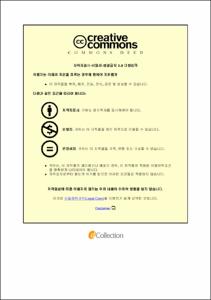골수형성이상증후군에서 유발된 이차성 급성골수성백혈병의 임상 경과에 영향을 미치는 요인 분석
- Abstract
- Background: Secondary acute myeloid leukemia (s-AML) evolving from myelodysplastic syndrome (MDS) is a heterogeneous and poor prognostic disease. Prognostic factors and treatment of choice are unclear in this adverse disease.
Methods: We retrospectively reviewed a total of 213 patients who newly diagnosed with AML and had antecedent MDS or MDS/MPN history in a single institution.
Results: The median age was 59 years (range, 19-90 years). s-AML patients were classified into 6 initial treatment groups: 1) induction chemotherapy (IC), 2) upfront allogeneic hematopoietic stem cell transplantation (HCT), 3) hypomethylating agent (HMA), 4) low dose cytarabine (LDAC), 5) investigational agents (INV), and 6) best supportive care (BSC). The number of each treatment groups were 106 (51.0%), 27 (13.0%), 17 (8.2%), 31 (14.9%), 3 (1.4%), and 24 (11.5%) in order. HCT group (74.0%) achieved higher complete remission (CR) rate compared to IC group (31.1%) (P < .001). Median overall survival (OS) in the HCT group was 12.58 months and most favorable, but survival differences were not statistically significant among treatment groups except BSC. In age < 60 patients, OS by AML initial treatment option was different (P < .001). On the contrary, survival outcome according to treatments was not different in age ≥ 60 patients (P = .254).
Conclusion: Our study data suggest whether the patient could conduct HCT and intensive treatments including IC and HCT could give survival benefit should be considered in patients with s-AML arising from MDS or MDS/MPN.
- Issued Date
- 2019
- Awarded Date
- 2020-02
- Type
- Dissertation
- Affiliation
- 울산대학교
- Department
- 일반대학원 의학과
- Advisor
- 이제환
- Degree
- Master
- Publisher
- 울산대학교 일반대학원 의학과
- Language
- eng
- Rights
- 울산대학교 논문은 저작권에 의해 보호받습니다.
- Appears in Collections:
- Medicine > 1. Theses (Master)
- 파일 목록
-
-
Download
 200000287844.pdf
기타 데이터 / 475.66 kB / Adobe PDF
200000287844.pdf
기타 데이터 / 475.66 kB / Adobe PDF
-
Items in Repository are protected by copyright, with all rights reserved, unless otherwise indicated.